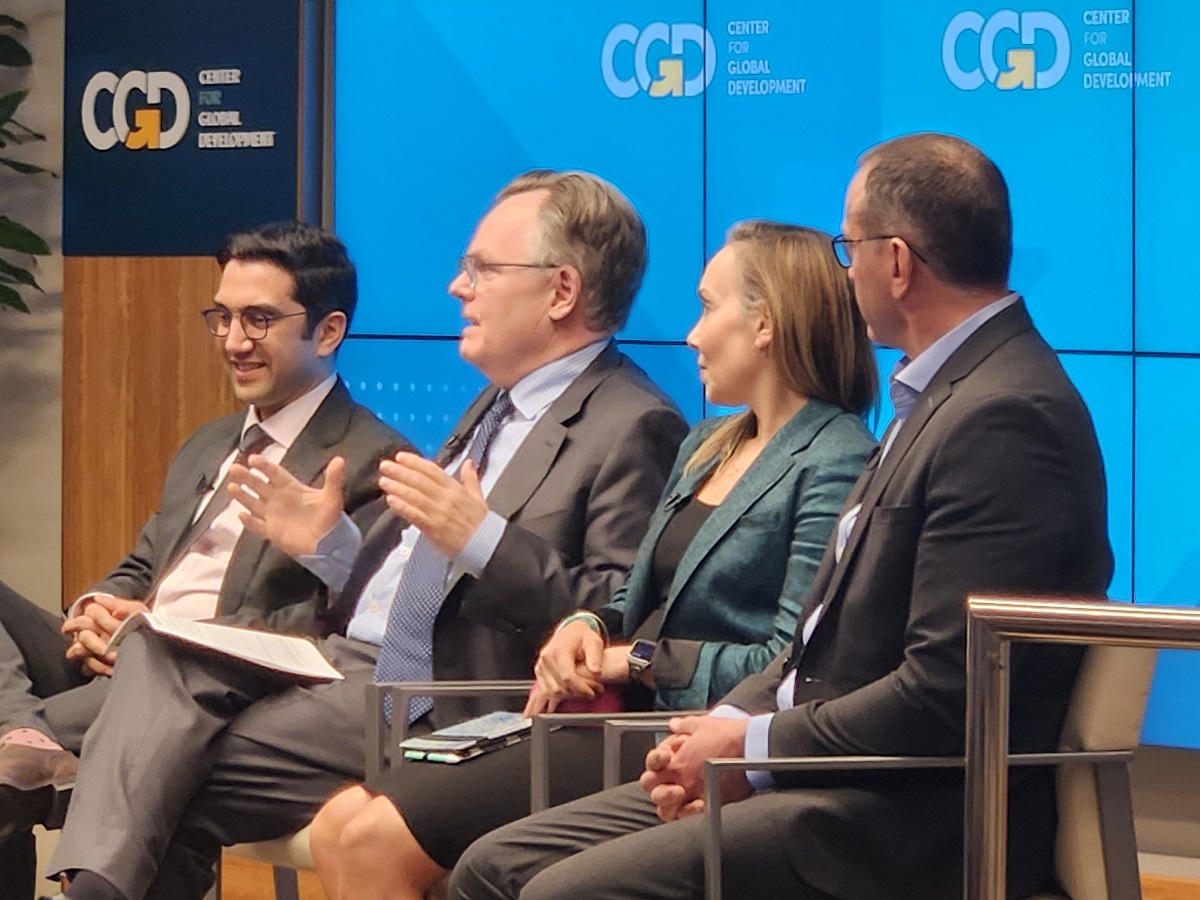Recommended
The concept of global value chains (GVCs) has become a workhorse of trade analytics ever since it was identified around the turn of the century. By showing empirically how value addition is distributed across trading economies, it provides a better handle on the contribution of each country as goods crisscross international borders in the production process. The concept was quickly adopted by the World Bank Group—and other international financial institutions (IFIs)—and has become a fixture of country diagnostics. In fact, the disruption caused by the COVID-19 shock made GVCs something of a cause célèbre. But this paper argues that conceptual attractions aside, the use of GVCs for analytic purposes has not enlarged the policy toolkit, expanded the spectrum of usable policies, or enhanced their efficacy. Especially in low- and lower-middle-income countries, policymakers are no better equipped to promote development export-led or other. Based on its dealings with four countries—Bangladesh, Côte d’Ivoire, Ethiopia, and Vietnam—each of which is participating in one or multiple GVCs, this paper shows that the World Bank’s recommendations are no different from ones that were the norm in pre-GVC times. To paraphrase Robert Solow, we see GVCs everywhere except in the policy menu. Implementing conventional policies more effectively is what counts.
El concepto de cadenas de valor globales (CVG) se ha convertido en una herramienta fundamental para el análisis del comercio desde que se identificó a principios de siglo. Al mostrar empíricamente cómo se distribuye el valor agregado entre las economías comerciales, proporciona una mejor comprensión de la contribución de cada país a medida que los bienes atraviesan las fronteras internacionales en el proceso de producción. El concepto fue rápidamente adoptado por el Grupo del Banco Mundial y otras instituciones financieras internacionales (IFI), y se ha convertido en un elemento fijo de los diagnósticos de los países. De hecho, la interrupción causada por el shock de COVID-19 hizo que las CVG se convirtieran en algo así como una causa célebre. Sin embargo, este documento argumenta que, a pesar de las atracciones conceptuales, el uso de las CVG con fines analíticos no ha ampliado el conjunto de herramientas de política, no ha expandido el espectro de políticas utilizables ni ha mejorado su eficacia. Especialmente en países de bajos ingresos y de ingresos medianos-bajos, los responsables de la formulación de políticas no están mejor preparados para promover el desarrollo basado en las exportaciones o en otros enfoques. Basándose en su experiencia con cuatro países (Bangladesh, Costa de Marfil, Etiopía y Vietnam), cada uno de los cuales participa en una o varias CVG, este documento muestra que las recomendaciones del Banco Mundial no difieren de las que eran normales en tiempos anteriores a las CVG. Parafraseando a Robert Solow, vemos las CVG en todas partes, excepto en el menú de políticas. Lo que importa es implementar las políticas convencionales de manera más efectiva.
Rights & Permissions
You may use and disseminate CGD’s publications under these conditions.






